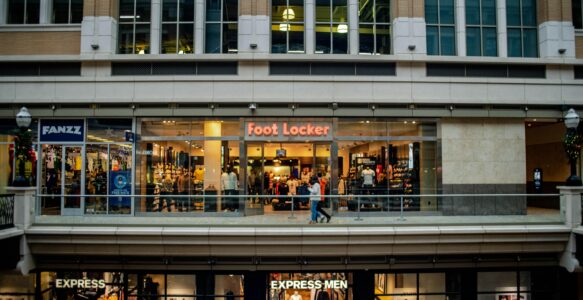Convenience Stores Poised to Continue Major Growth
MADISON, N.J. (April 1, 2025) – Coldwell Banker Commercial®, an Anywhere (NYSE: HOUS) brand, today released its latest Trend Report examining how convenience stores (C-stores) have shifted from quick stops for snacks and fuel to popular food destinations.











